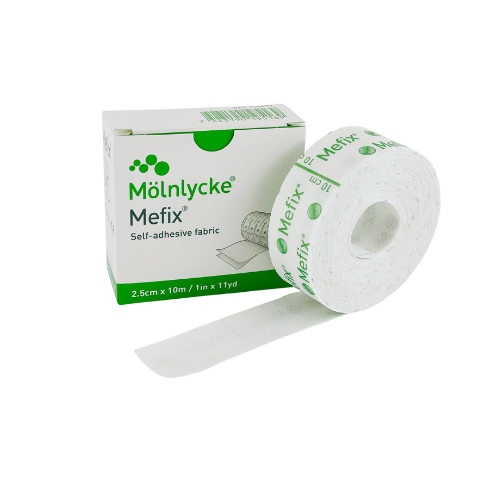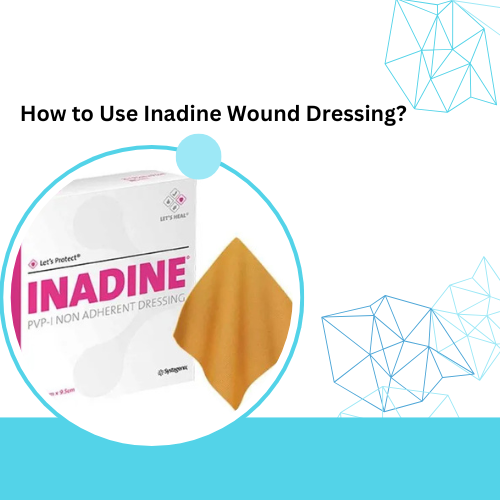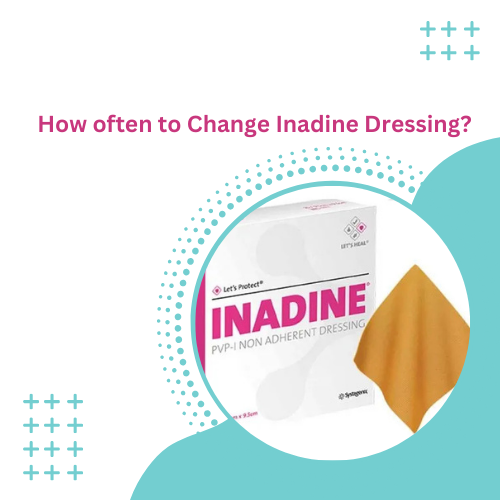What Is an Umbilical Cord?
The umbilical cord is a vital tube that connects a mother and her baby during pregnancy, delivering food and oxygen while removing waste products. After birth, the cord is clamped and cut, leaving a small stump on the baby’s belly. This stump is usually about half an inch to an inch long and will change in appearance as it dries out and eventually falls off, usually within 10 to 14 days, but sometimes as late as 21 days.
How to Care for Your Baby’s Umbilical Cord Stump
Until the stump falls off, it’s important to keep the area clean and dry. Here’s how to take care of it:
- Be gentle: Avoid pulling or tugging on the cord stump.
- Keep it dry: Skip full baths and opt for sponge baths until the stump falls off.
- Leave it alone: Don’t try to help it along by pulling it off, even if it seems loose.
- Diaper care: Fold the top of the diaper below the stump or use diapers designed to accommodate the stump to keep it dry and exposed to air.
- Clean gently if needed: If stool or urine gets on the stump, clean it with soap and water, and then dry it thoroughly.
Watch for Signs of Infection
While infections are rare, it’s important to be aware of any signs that could indicate a problem. Call your doctor if you notice:
- Blood at the end of the cord.
- A white or yellow discharge.
- Redness, swelling, or tenderness around the area.
- Any signs of pain when the cord is touched, such as crying or fussing.
Babies born prematurely or with low birth weight may have a higher risk of infection, so it’s important to monitor their cord area closely.
What Happens When the Stump Falls Off?
It’s normal to see a few drops of blood in the diaper as the stump separates. If there is more than just a little blood, contact your doctor immediately. Once the cord has fallen off:
- Keep the area dry: Continue to keep it clean and dry.
- A little discharge is normal: A yellow, sticky fluid may ooze from the navel when the cord falls off. This isn’t pus or an infection, so don’t be alarmed.
- Watch for a scab: You may see a scab form over the navel, which is also normal.
If redness or discharge persists, or your baby develops a fever, reach out to your pediatrician for further advice.
Possible Complications
Although rare, some conditions can develop around the umbilical cord area:
- Omphalitis: An infection of the stump area, which can cause tenderness, bleeding, leaking fluid, irritability, and fever. This condition requires antibiotics.
- Umbilical hernia: Part of the baby’s intestine may push through the abdominal muscles near the belly button. This usually resolves on its own by age 2.
- Umbilical granuloma: A red lump of scar tissue that forms on the belly button after the cord falls off. This can be treated by your doctor with silver nitrate or liquid nitrogen.
Your baby’s belly button will become an “innie” or “outie” once the stump is gone, but the shape is determined by how their body heals, not by how the cord was cut. If you have concerns about your baby’s umbilical cord, don’t hesitate to consult your pediatrician.




